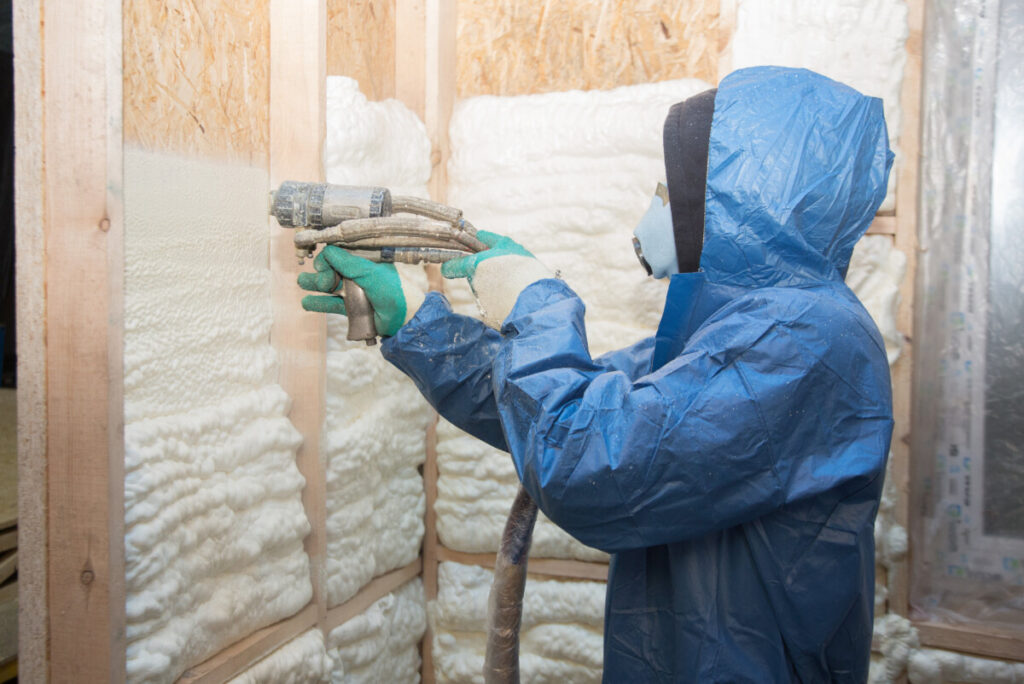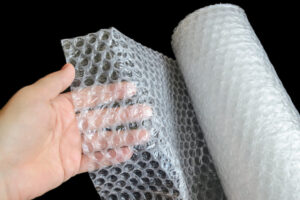When choosing a good insulator, it is important to pick a product that retains heat, is affordable, and is long-lasting. Foam is a product that does all of those things.
Foam is one of the best insulators available. Closed cell foam is more effective than open cell foam and polyurethane foam is one of the most effective foams for insulation. Foam is filled with millions of tiny gas bubbles which effectively insulate against heat transfer.
Let's talk more about why foam insulation is such a great choice. Keep reading below to learn more!
How Does Foam Work As An Insulator?
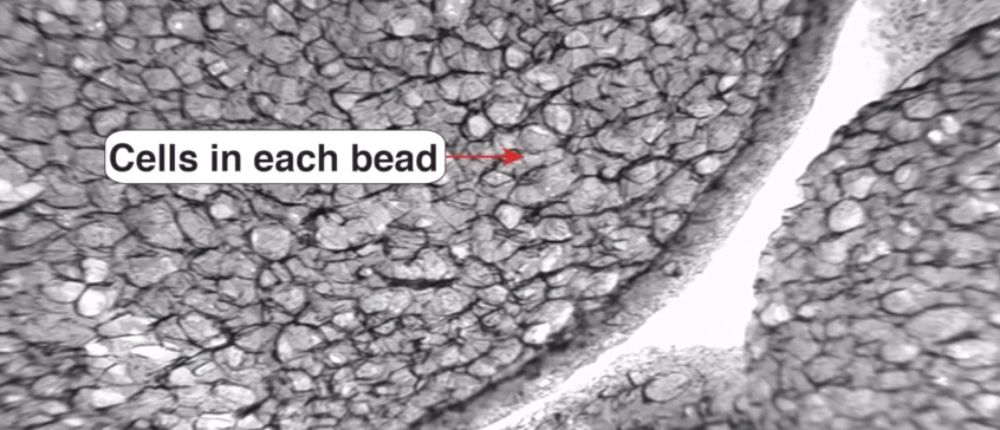
Foam insulation works not because of the material the foam is made out of (though that is insulating too) but due to the fact foam contains millions of tiny air bubbles, and it's these air bubbles that do the bulk of the insulating.
Air is a great insulator. Due to the fact molecules aren't packed tightly together heat doesn't move through air very quickly or easily.
However, hot currents can move through the air – moving heat from once place to another (similar to how you can push hot water around in the bath).
Because foam creates isolated pockets of air warm air currents aren't able to flow through the foam making it a particularly great insulator.
For heat to move through the foam it has to heat one bubble of air, which then has to heat the next bubble of air before heating the next bubble of air…and so on. This takes a lot of energy and most of the heat will not make it through the foam.
The thicker the foam the more insulating it will be.
This is why the best coolers for ice retention all have extremely thick walls of foam (2-3 inches thick) and why cheaper coolers with thinner insulation do not perform as well.
More expensive foams like polyurethane foam, which is used to make high-end coolers like Yeti, contain smaller air bubbles and more of them which is what makes them more effective insulators than cheaper foam like polystyrene.
What Makes Foam One Of The Most Common Insulators
Foam can last a lifetime. Once installed, foam will provide insulation in a home or building for around 80-100 years. That's a long time! It stays in great condition and requires little to no maintenance after its initial installation.
It can handle a wide range of temperatures without failing so is great at insulating against the cold in winter time as well as insulating against the heat in summer time.
Spray foam is one of the most effective types of foam used for insulating. The prices for the installation of this product vary. Spray foam insulation costs anywhere from $0.44 to $1.50 per board foot. A board foot is one square foot that is one inch thick, or rather, one square foot that's covered by one inch of spray foam insulation.
Overall prices for spray foam insulation cost ranges from $1,284 to $3,741, with a national average of $2,492. This procedure is definitely an investment, but the price is worth the low maintenance of foam as well as its extreme effectiveness in retaining heat. Once you purchase spray foam as an insulator, it is unlikely that you will have to spend a significant amount of money on insulation again.
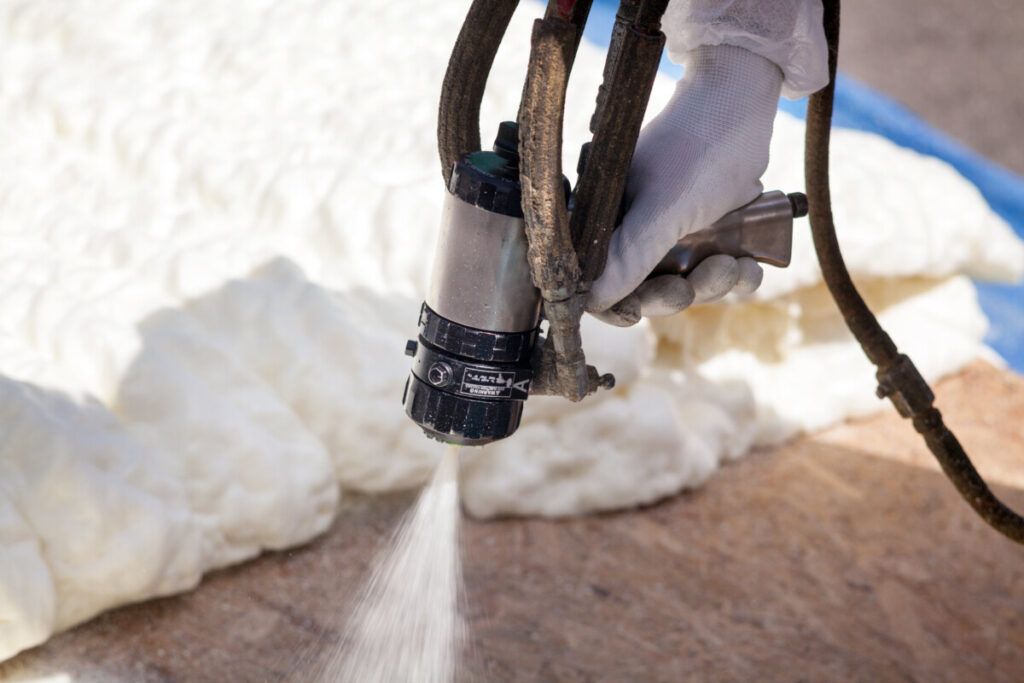
Foam also reduces noise wherever it is installed. It works as a noise reducer as well as an insulator. Many people install foam in rooms where they want a little more privacy.
When foam is applied to the area being insulated, it is applied wet, and then as it dries, it expands to fit the area it needs to cover. Its ability to expand is one of foam's most attractive and noticeable features.
It can expand to 100 times its original volume. It is very moldable and can be adapted to different types of spaces. Over time, as the house expands and contracts, so does the foam. You don't have to deal with cutting out sizes for small spaces if you use foam to insulate—foam adapts to the wall it is put on. Foam can be used to insulate even the smallest, unique spaces because it expands to fit. This quality is why foam is extremely time-efficient to install.
I personally used spray foam in my van installation due to the fact that it could get into tight spots like the structural beams of the van which I could only access through a little hole.
Using foam as an insulator is also fairly healthy, especially once it sets.
Most foam is non-toxic, unlike some other types of insulators. Before foam was widely used, fiberglass was a very common material used to insulate homes and buildings. Fiberglass can damage your respiratory system.
The small pieces of glass can get stuck in your lungs as well as damage your eyes and skin. Foam is non-toxic and prevents harmful chemicals from entering buildings. Fiberglass is an outdated and harmful way to insulate a home. Foam is more low maintenance and effective.
What Types of Foam Are the Best Insulators?
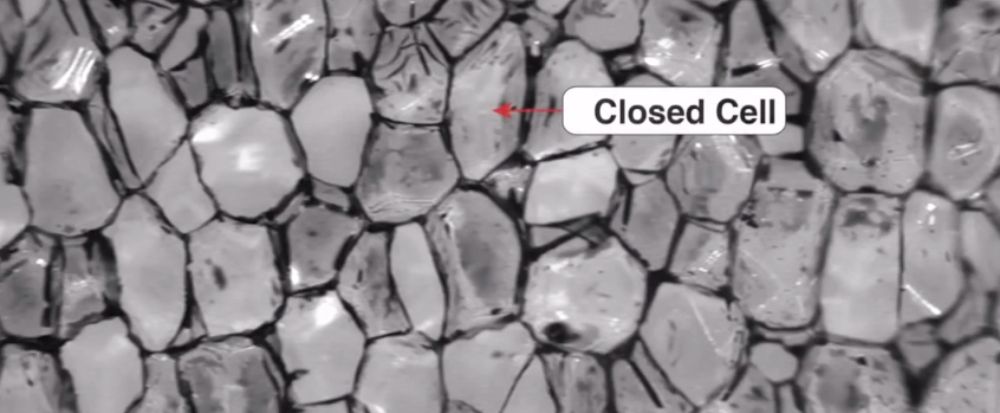
Two types of foam are used to insulate. The two main types are closed-cell foam and open-cell foam.
Closed-cell foam is more effective due to the fact that the gas bubbles are not connect and air cannot flow from one bubble to the next. This means heat cannot flow from one gas bubble to the next but needs to move through using conduction, which is more energy intensive.
Closed-cell foam is usually denser and more rigid, but it also often comes with a higher cost. Polyurethane, which is one of the most effective closed cell foams, is fairly expensive compared to some cheaper options.
One of the major advantages of closed cell foam is that it's waterproof. So when used in home insulation water cannot easily move through the foam.
Open-cell foam on the other hand has air bubbles that are connected to each other. Air still struggles to flow between the foam due to the structure of the individual bubbles, but heat still moves through this foam easier than closed-cell foam.
Open-cell foam is often more lightweight and more flexible. This is why you'll find open cell foam in some of the best soft coolers for ice retention. The lightweight nature of the foam makes it much more portable.
One type of foam is not necessarily better than the other. They are both just created for different situations and climates.
Often it can be better to use cheaper open cell foam simply due to the cost advantages of it or the lightweight and flexible properties may be desirable in certain applications.
Closed-cell foam is recommenced to those who live in climates with more extreme temperatures. If you live somewhere with a more mild climate, open-cell foam is more than sufficient and will be a more cost effective solution.
Disadvantages of Foam as Insulation.
Every product has its disadvantages, and foam is no exception. Spray foam expands after application. Sometimes the spray foam does not fill every cavity. This can affect the heating of the building and create cold spots.
If the spray foam is not evenly applied, heating can be inconsistent within the home. Your insulation is really only as good as it's weakest point.
Luckily, this issue can be avoided. Research the best installation companies in your area. Read reviews and educate yourself on what type of foam you want in your home. If you hire a reliable and experienced company to install the foam, an uneven application shouldn't be an issue. Be sure to choose a company that has plenty of experience with spray foam.
The installation of foam is a practice that takes a lot of experience and expertise to install correctly. This can be a disadvantage for some because, in order to make sure your foam is applied correctly, it can be expensive.
The price tag that comes along with foam installation is a downside if you are looking to save money. It is important to remember, however, that you are paying for a professional and safe installation of the foam.
It is widely agreed upon that foam is one of the best types of insulation you can buy currently. If you are willing to invest in a reliable and safe way to insulate your home, foam (especially spray foam) is worth the money.

